
The Drunken Monkey
The Drunken Monkey
Why We Drink and Abuse Alcohol
Robert Dudley

UNIVERSITY OF CALIFORNIA PRESS
BerkeleyLos AngelesLondon
University of California Press, one of the most distinguished university presses in the United States, enriches lives around the world by advancing scholarship in the humanities, social sciences, and natural sciences. Its activities are supported by the UC Press Foundation and by philanthropic contributions from individuals and institutions. For more information, visit www.ucpress.edu.
University of California Press
Berkeley and Los Angeles, California
University of California Press, Ltd.
London, England
2014 by The Regents of the University of California
Library of Congress Cataloging-in-Publication Data
Dudley, Robert, 1961.
The drunken monkey : why we drink and abuse alcohol / Robert Dudley.
pagescm.
Includes bibliographical references and index.
ISBN 978-0-520-27569-0 (cloth : alk. paper)
ISBN 978-0-520-95817-3 (e-book)
1. Drinking of alcoholic beverages.2. AlcoholPhysiological effect.3. Alcoholism.4. Human evolution.5. PrimatesEvolution.6. Human physiology.7. MonkeysPhysiology.I. Title.
GT 2884. D 842014
394.13dc232013033162
Manufactured in the United States of America
23 22 21 20 19 18 17 16 15 14
10 9 8 7 6 5 4 3 2 1
The paper used in this publication meets the minimum requirements of ANSI/NISO Z 39.481992 ( R 2002) ( Permanence of Paper ).
To the late Ted Dudley
gentleman, scholar, alcoholic
CONTENTS
ILLUSTRATIONS
FIGURES
PLATES
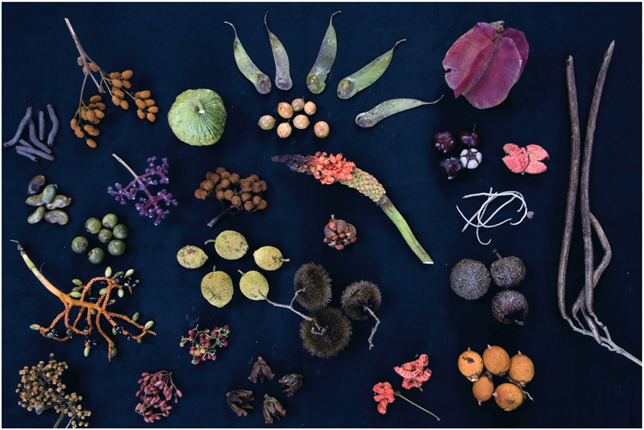
Plate 1. Assortment of rainforest fruits from Barro Colorado Island, Republic of Panama. (Photo by Christian Ziegler.)
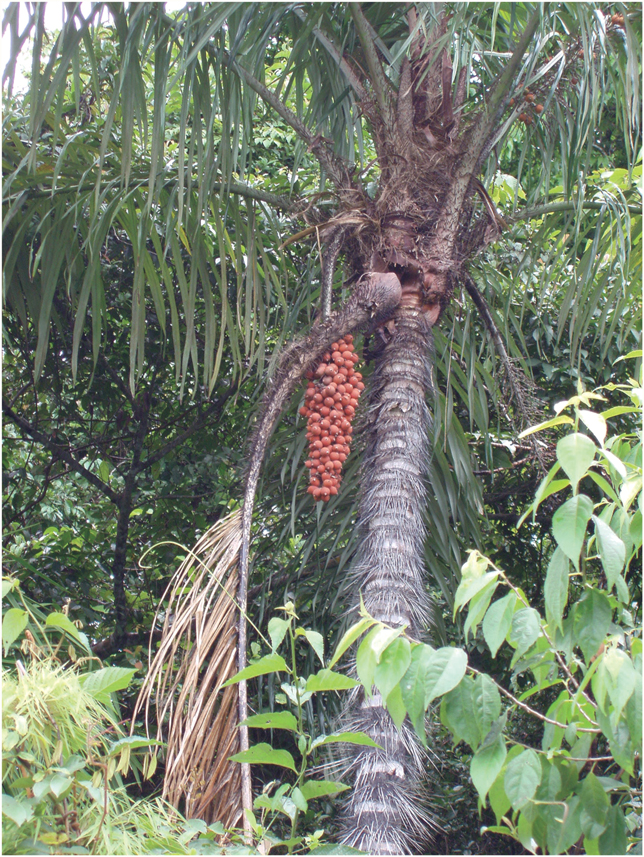
Plate 2. The palm Astrocaryum standleyanum in the rainforest of Barro Colorado Island.
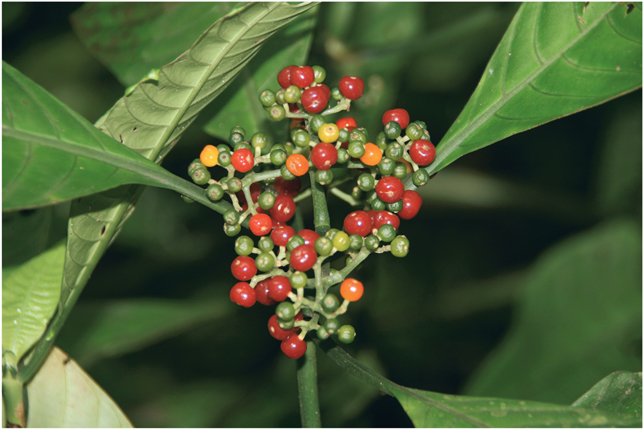
Plate 3. Fruits of varying ripeness on an infructescence of the rubiaceous shrub Psychotria limonensis (Barro Colorado Island). The color progression ranges from unripe green fruits to yellow, orange, and fully ripe red fruits; note also the contrast of ripe fruits against the green foliar background.
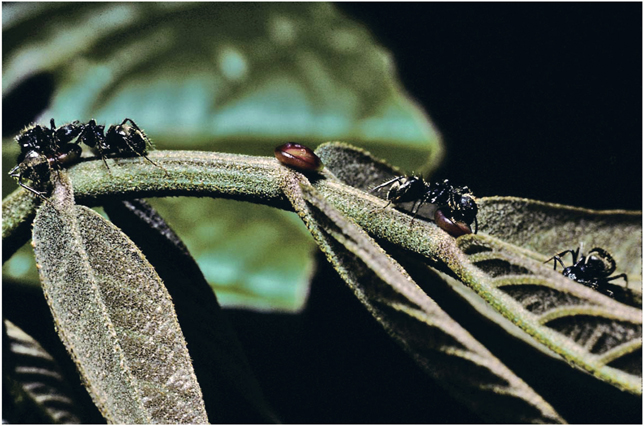
Plate 4. Extrafloral nectary (in center) on a Neotropical shrub ( Inga sp.), with attending ants ( Dolichoderus bispinosus ). (Photo by Phil DeVries.)
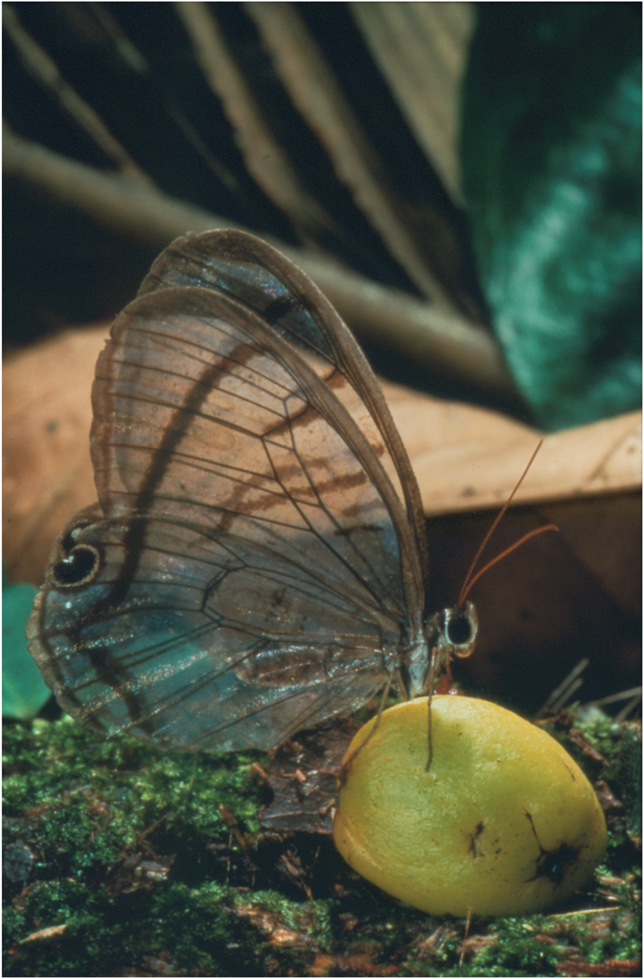
Plate 5. A Neotropical fruit-feeding butterfly ( Dulcedo polita ) feeding on a fallen hog plum ( Spondias mombin ). (Photo by Phil DeVries.)

Plate 6. Fruit flies on naturally fallen figs ( Ficus insipida ) on Barro Colorado Island. Fruits are approximately 25 millimeters in diameter; note the white fungal growth on the leftmost fruit.
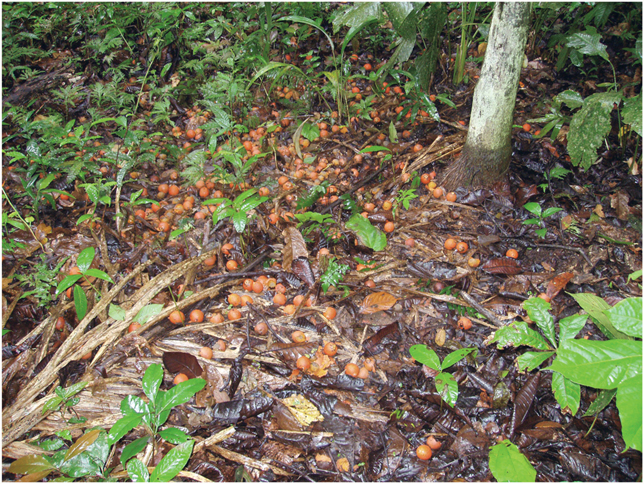
Plate 7. Ripe fruits of Astrocaryum standleyanum on the forest floor, Barro Colorado Island.
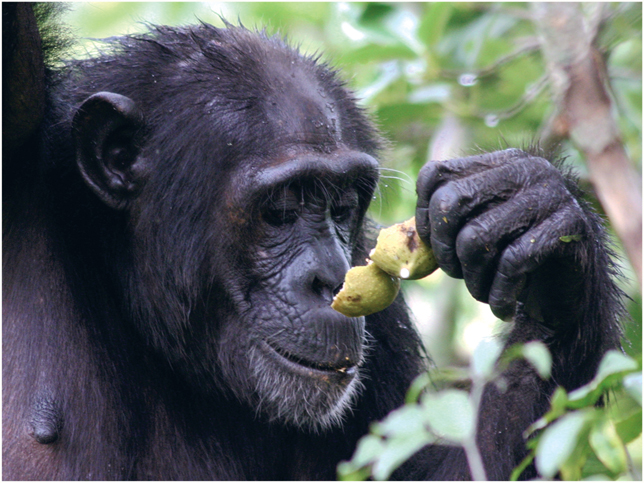
Plate 8. An eastern chimpanzee ( Pan troglodytes schweinfurthii ) smelling fig fruit ( Ficus sansibarica ). (Photo by Alain Houle.)
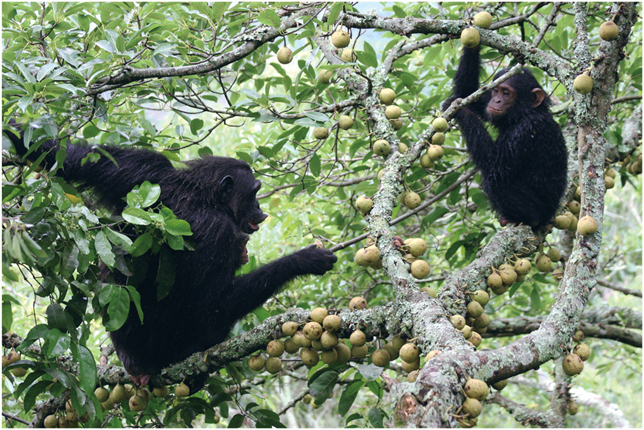
Plate 9. Eastern chimpanzee ( Pan troglodytes schweinfurthii ) and fig fruits ( Ficus sansibarica ) in Kibale National Park, Uganda. (Photo by Alain Houle.)
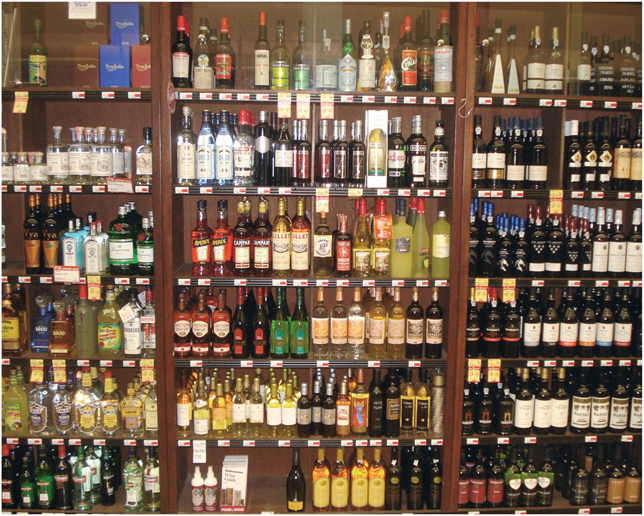
Plate 10. Supermarket display of alcoholic beverages in Berkeley, California. Compare the colors and diversity (only a small subset of which is depicted here) to those in plate 1.

Plate 11. The New World phyllostomid great fruit-eating bat ( Artibeus lituratus ) removing a fig ( Ficus insipida ) from its infructescence. (Photo by Christian Ziegler.)
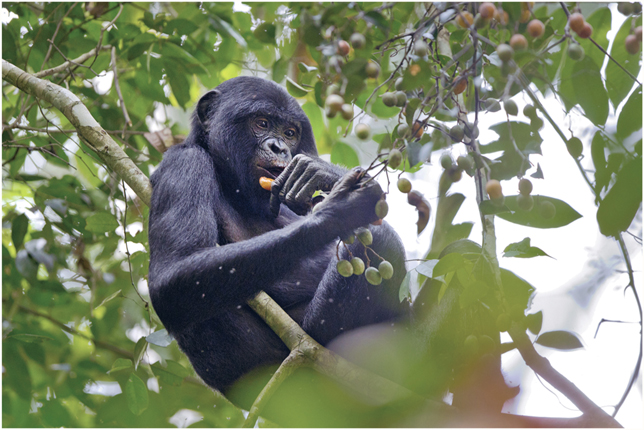
Plate 12. Bonobo ( Pan paniscus ) eating a liana fruit in Salonga National Park, Democratic Republic of the Congo. (Photo by Christian Ziegler.)
PROLOGUE
If you walk into any large bookstore and browse in the self-help/recovery section, you will find a number of books about alcoholism. Similarly, a keyword search of books on Amazon will yield in excess of 10,000 items published about the disease. Some are memoirs, others are more clinically oriented, but they will have one major thing in common. All of these books are primarily concerned with the symptoms and management of the disease, rather than with the basic causes of alcoholism. Psychological, sociological, and occasionally physiological underpinnings do receive some attention in these books, but the basic motivation to drink alcohol (either in moderation or to excess) never seems to be explained in detail. Sometimes a spiritual or even a mysterious origin of alcohol attraction is alluded to, rendering any proposed treatment even harder to explain or to interpret from first principles. Most such books would thus seem to be of minimal explanatory or clinical value. However, their very existence and widespread commercial dissemination serve as sad testimony to the hugely detrimental impact of alcoholism, as well as to the desperation of those who suffer from its consequences. Historically, the persistence of alcoholism as a highly damaging medical and sociological phenomenon fully demonstrates our basic lack of understanding as to what might predispose us, as human beings, to suffer from this disease.
My specific interest in alcoholism derives from unfortunate family exposuremy father was an alcoholic who drank heavily, and whose premature death was in part caused by his unsuccessfully treated addiction. Our family, along with tens of millions of other families worldwide, experienced first-hand the sometimes violent and dangerous consequences (including drunk driving) of life with an alcoholic. But perhaps constructively, I well remember as a child being simply puzzled as to why anybody, let alone a parent, might engage in such self-destructive and socially damaging behavior. Although I subsequently pursued research in biomechanics and animal physiology, the answer to this question eluded me until about fifteen years ago, via fortuitous observation of monkeys eating ripe fruit in a rainforest in Central America. Thinking about why the primate brain (or any brain, for that matter) might have evolved the capacity to respond to alcohol, I realized that the taste and odor of the molecule might stimulate modern humans because of our ancient tendencies as primates to seek out and consume ripe, sugar-rich, and alcohol-containing fruits. Alcohol is present because of particular kinds of yeasts that ferment sugars, and this outcome is most common in the tropics, where fruit-eating primates originated and today remain most diverse.
Next page


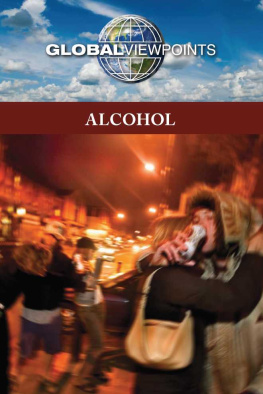

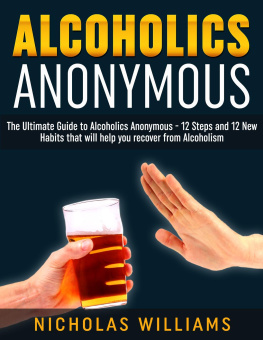
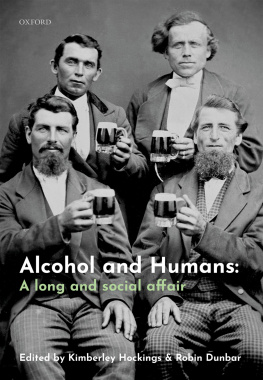
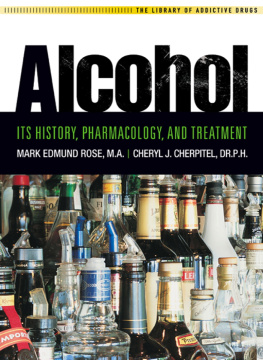

![Scott C (Christopher) Martin - The Sage Encyclopedia of Alcohol Social, Cultural, and Historical Perspectives. 1 [A - D]](/uploads/posts/book/102244/thumbs/scott-c-christopher-martin-the-sage.jpg)














